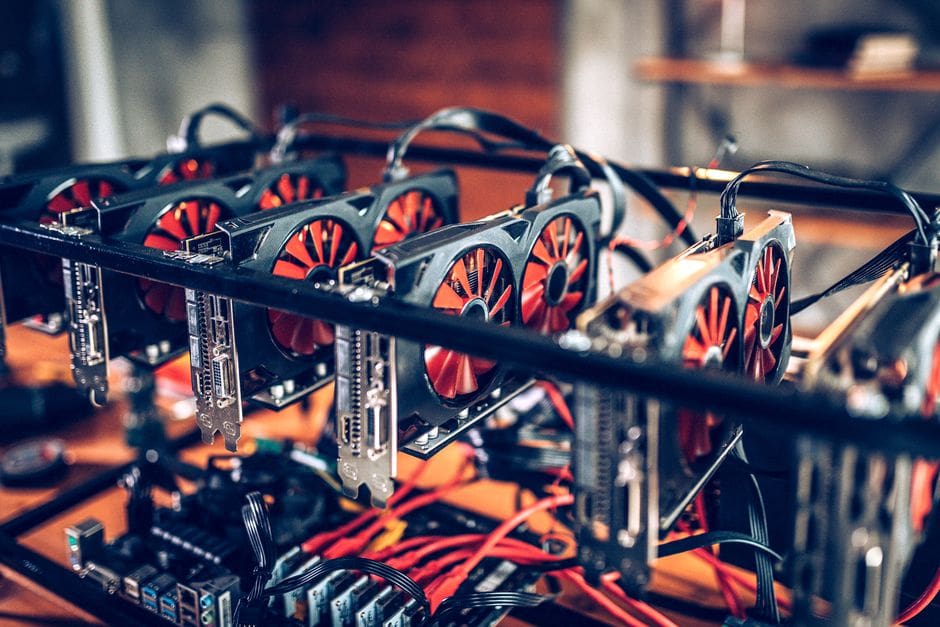California gold prospectors occupied Sacramento Valley in early 1848 in a feverish gold rush, shaking the New World upside down. As news spread of the gold nuggets and easy fortune, miners flocked to California in droves to try their luck. Some 170 years later, modern digital miners equipped with graphics cards and specialized Bitcoin miners dig for cryptocurrencies from the comfort of their homes. What has changed, you might ask? Well, aside from the historical context, currency, and technology, it’s a similar tale in many ways: a group of people in search of easy and quick wealth. Stick around if you’re curious to see how the whole system works.
What is Bitcoin?
One of the most searched terms on Google ever, “What is Bitcoin,” might seem like a no-brainer, but most people don’t know much besides the name. The most famous cryptocurrency was conceived by a mysterious figure going under the alias Satoshi Nakamoto back in 2009. It has since revolutionized the monetary system and shaken up the financial world as we know it. To start from scratch: while fiat currencies depend on a central authority – a bank or a government – to set up their value and monitor transactions and balances, Bitcoin is decentralized and transparent to each and every user.
As a regular customer, you definitely cannot sneak a peek into a bank’s ledger. Bitcoin transactions are stored on a transparent chain of ledgers called blockchain that everyone can access and track. There aren’t middlemen nor central authorities to oversee and charge fees on your transactions or balances. With a peer-to-peer network at its core, blockchain enables all users to exchange cryptocurrencies anywhere in the world safely.
How to get Bitcoin?
We’ll have to get you all the way back to the beginning of our story. You see, nowadays miners are also bankers of a sort. They work at verifying the transactions in the blockchain and are rewarded for their ardent work with tokens. The mysterious Satoshi Nakamoto conceived this convention and the transparent transaction logs to prevent the so-called double-spending problem, where crafty individuals could replicate digital information to spend the same coin more than once.
Now, before you start digging for virtual gold, you’ll have to get the proper equipment. Here things change depending on what currency you are after. Bitcoin has long since stopped being mineable without specialized devices built specifically for that purpose, but other cryptocurrencies are mostly mined through graphics cards. What you need is either a specialized “Antiminer” for Bitcoin or a “mining rig” consisting of one or more graphics cards, a CPU, RAM, ideally SSD or NVMe storage, and, of course, a power supply (PSU) for other types of cryptocurrencies. You want to get graphics cards and a PSU that are as power-efficient as possible, as mining can spend a lot of power, which will drive up your electricity bill.
Let’s start mining
Now that you’re all up and running, and fully equipped, here’s what you need to do to fill your virtual sacks with bitcoins. Your mining rig is supposed to, along with other rigs in your mining pool (if mining BTC), guess a random 64-digit hexadecimal number, or hash, that solves an equation generated by the system. Once that happens, you get to update the public ledger and are rewarded with a fixed amount of cryptocurrency to compensate your time and effort. “Cool! Where do I sign up?” – you might think ecstatically.
It’s not that easy. The more miners join the race, the more difficult it gets to solve the math problem; thus, today’s mining went worlds apart from what it originally was back in 2009. There is also the issue of market regulation. You see, there are a finite number of Bitcoins in the world, and once they are all mined out – that’s it, there will never be any more. This and the increasing miner count are the reasons why the “mining difficulty” keeps rising and one of the reasons why the price of BTC keeps growing.
This whole crazy tech race has been slowing down recently, but the price volatility of Bitcoin and other cryptocurrencies is still running wild. However, more and more people opt for cryptocurrency and a decentralized monetary system independent from governments and banks. If you decide to venture on a mining journey, keep in mind that you’ll have to store your Bitcoins somewhere. You can use numerous Bitcoin wallets, such as Coinbase, Bitcoin Core, Airbitz, and many others. As each wallet has public and private encryption keys, you can rest assured that they will store your BTC safely.
What if I’m not into mining?
If mining isn’t your cup of tea or sounds too complicated, worry not; this is not the only way to get BTC or other cryptocurrencies. You can buy cryptocurrency with fiat money or trade it on a cryptocurrency exchange. You can have people pay you for goods or services in Bitcoins or even earn them by shopping or publishing blog posts on crypto-related websites. Whichever method you choose, we hope you’ll enjoy your cryptocurrency venture and that it will turn out to be a profitable one.
